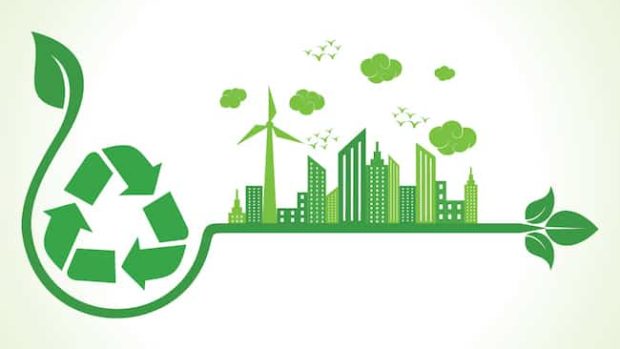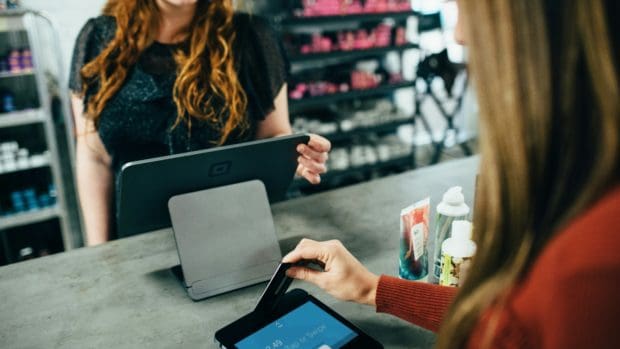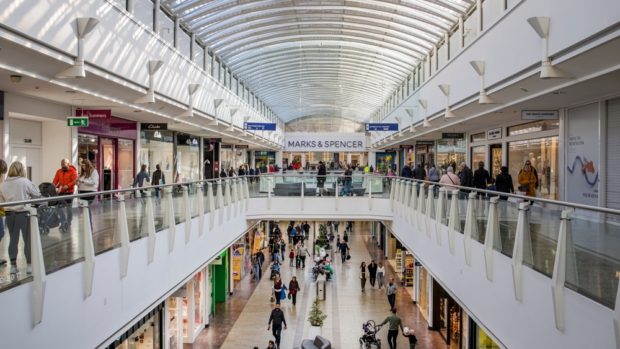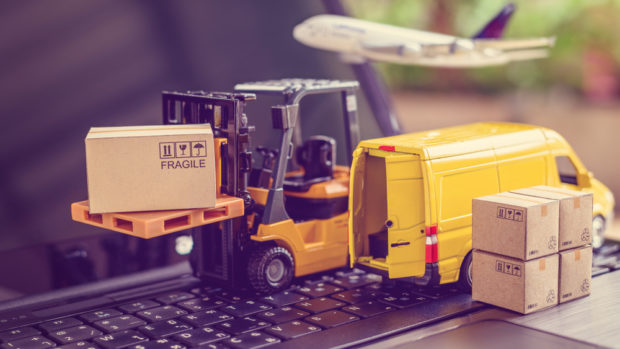Bain & Company’s inaugural “Global Paper & Packaging Report” shows 71 per cent of European consumers claim they want to buy sustainable products, and the same percentage of US consumers claim they want to buy products with as little packaging as possible. But while consumers are increasingly concerned, many struggle to identify sustainable packaging. A Bain survey of nearly 4,000 US consumers showed 70 per cent believe single-use glass has a lower carbon footprint than single-use plastic, while only 12 per cent guessed it was plastic—the correct answer.
Retailers are responding. Most consumer product companies have publicly announced sustainability commitments, though brand owners still do not have a clear view on which packaging materials they prefer across different applications.
“Gone are the days when paper and packaging decisions were made based solely on cost, functionality, and consumer experience,” said Ilkka Leppävuori, global head of Bain & Company’s Packaging group. “Sustainability is now top of mind for everyone. However, when it comes to picking a packaging material—from paper to plastic to metal to glass—there’s no clear winner. Paper may have an edge, but the most sustainable option can vary greatly by application and geography. Leading companies are assessing the environmental impact of different materials and taking the full life cycle into account—from resource extraction and production to transportation and products’ end of life.”
Bain’s study reveals the hard choices the sector must make in choosing between materials, each with its benefits and tradeoffs from a sustainability standpoint. For example, Bain’s analysis shows that while flexible plastics score best on production and transport related carbon emissions, they are the least circular or biodegradable. These are among the findings of Bain’s comprehensive global study on the state of the paper and packaging industry.
Struggling to abate carbon emissions as the industry grows
The packaging sector could grow by 21 per cent to reach US$1.2 trillion in the next three years, with the largest growth coming from the rigid paper category, which may surpass plastic growth rates by 2026.
As the industry grows, so too do its de-carbonisation ambitions, but most paper and packaging companies can do much more. The number of companies in the industry that have verified or committed to science-based targets has increased from five in 2019 to 164 in 2022, yet more than 30 per cent of those companies have missed their near-term Scope 1 and Scope 2 targets. Even more (41 per cent) are missing their Scope 3 targets.
Creating value through sustainability
While, historically, executives have viewed sustainability initiatives as an extra expense to shoulder, leading companies realise a de-carbonisation and sustainability agenda can create economic value. Bain’s research shows two ways to create value through sustainability. They include cost savings and commercial or top-line growth. Leading paper and packaging companies are able to achieve a 4- to 6-percentage-point EBITDA increase through their effective use of cost savings and commercial levers.
Specifically, a sound sustainability strategy can reduce energy costs and increase access to recycled or renewable raw materials at a competitive cost. It can also help spur organic growth and price realisation.
Biodiversity loss: the crisis facing the paper and packaging business
The paper and packaging industry has a significant impact on biodiversity, notably with regards to forestry management and water usage. Only 22 per cent of companies surveyed reported assessing their value chain impact on biodiversity and just 31 per cent are acting now to address biodiversity loss. Companies choosing to take action are poised to benefit by reducing their exposure to biodiversity-related risks as well as brand risks. Leaders are using sustainable forestry practices and increasing the share of recycled and reused materials to appeal to customers. Others are developing innovative packaging that enables them to target new markets with a lower carbon and biodiversity footprint.
Private equity and M&A are buoyant for paper and packaging
The paper and packaging sector has had two times more M&A deals relative to its size than the broader manufacturing industry over the past decade, and it has seen more than 2,000 transactions since 2007. Of those, 84 were greater than US$1 billion and 11 greater than US$5 billion. By packaging material, paper-related deals have been the most profitable compared to plastic and glass. This flurry of M&A activity comes both from strategic paper and packaging investors who are filling gaps in their portfolios as well as external private equity players that are creating standalone value with new acquisitions. The best performing companies are recognising these trends and adopting a private equity growth investor lens to view their business opportunities from the outside.
The report explores a number of additional challenges and opportunities confronting the industry, including:
- Full potential transformation now includes net zero. The cross-functional effort to alter the financial, operational, and strategic trajectory of the sector now increasingly includes a concrete carbon reduction plan that outlines how to cut carbon emissions. When implemented successfully, the transformation can dramatically raise profitability, cash flow, top-line growth, and value.
- What does the mill of the future look like? The mill of the future is integrated and flexible, sustainable, and technology driven. Through optimisation, it enables maximum productivity with high uptime and high asset health, lowering material consumption costs and minimising waste. It is also adaptable, allowing various objectives, such as lower costs, reducing carbon emissions, or optimizing customer service. And it caters to a more fluid talent pool that changes jobs more frequently than in the past. Best-in-class mills that achieve true operational excellence can raise EBITDA by a seven percentage-point margin or more.
- Three ways to drive profitability. Paper and packaging companies can increase their EBITDA by 25 per cent to 40 per cent by addressing three areas. Many paper and packaging companies currently lack a robust view of profitability. Few understand how much share of wallet or business they could capture with existing customers. Many do not have a comprehensive list of new customers to pursue. Improving understanding across these domains will unlock significant growth.
- Embracing uncertainty. Supply and demand fluctuations, cost volatility in energy and raw material prices, and geopolitical risks have become the norm. The impact and timing of the green transition, new technologies, including artificial intelligence, smart packaging, and eCommerce penetration are also coming to the fore. Embracing uncertainty, scenario planning and future proofing is key.








Share